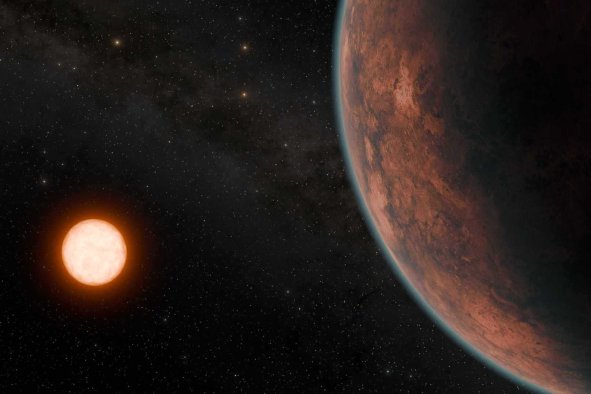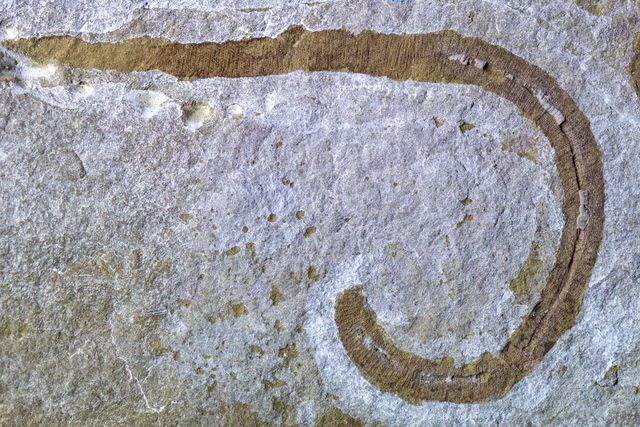A farmer in rural Canada had a nasty shock after a chunk of spacecraft slammed into his field.
Barry Sawchuk, a 66-year-old who owns a farm near Ituna in Saskatchewan, found the 7-foot-wide, 90-pound scorched metal object sitting on his land in late April.
The piece of space junk is thought to have originated from a SpaceX Crew Dragon spacecraft, and may have slammed into the ground at the end of February.
"Not every day you go out in your field and find space junk," Sawchuk told local news outlet the Saskatoon Star-Phoenix. "We knew it came from the sky, because it couldn't get there by itself."
Jonathan McDowell, an astrophysicist at Harvard, determined that the chunk of metal was likely from a SpaceX Dragon spacecraft that had returned to Earth in February, carrying four people home from the International Space Station.
"The Dragon Trunk section from the Axiom 3 mission reentered over Saskatchewan on Feb 26. Looks like bits of it have been found on the ground," he posted to X, formerly known as Twitter. "The extrapolated reentry trajectory of the Ax-3 trunk passed within a few km of the reported location of the find," he said in another post.
Earth's orbit is increasingly being filled with debris traveling at immense speeds, often defunct satellites or used-up rocket stages that have been jettisoned. According to the European Space Agency (ESA), there are over 35,000 pieces of space junk larger than 4 inches with hundreds of millions more smaller pieces.
The number of satellites has spiked massively in recent years, mostly due to the thousands-strong SpaceX Starlink broadband network that continues to send more into space.
Eventually, all objects orbiting around the Earth slowly fall back towards the planet. When these objects enter the atmosphere, they're heated to immense temperatures due to friction, and often burn up entirely. However, larger objects may survive the fall, crash-landing back to Earth.
"Larger junk falling to Earth has been a regular occurrence since December 1957 when the 7-tonne rocket stage that launched Sputnik 1 reentered," McDowell told Newsweek. "No one has been hurt yet, but it's only a matter of time. We've been lucky because most of the world is not covered with humans."
Items have fallen to earth several times in recent years, with a 2-pound chunk of the International Space Station crashing through the roof of a Florida home in April this year, and an enormous 8-foot-wide rocket stage washing up on a beach in Western Australia after having fallen into the Indian Ocean.
"It's really just luck. If that had hit in the middle of Regina or, yeah, New York City, it very easily could have killed someone," University of Regina astronomy professor Samantha Lawler told local media.
"The aggregate effects of all of these satellites and all of these re-entries need to be considered more carefully. This will be tested in the very near future. It's really unfortunate how this is evolving," she said.
Do you have a tip on a science story that Newsweek should be covering? Do you have a question about space junk? Let us know via science@newsweek.com.
Disclaimer: The copyright of this article belongs to the original author. Reposting this article is solely for the purpose of information dissemination and does not constitute any investment advice. If there is any infringement, please contact us immediately. We will make corrections or deletions as necessary. Thank you.



